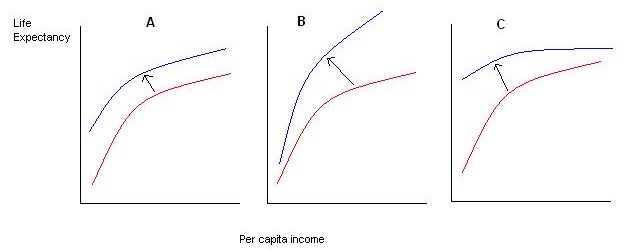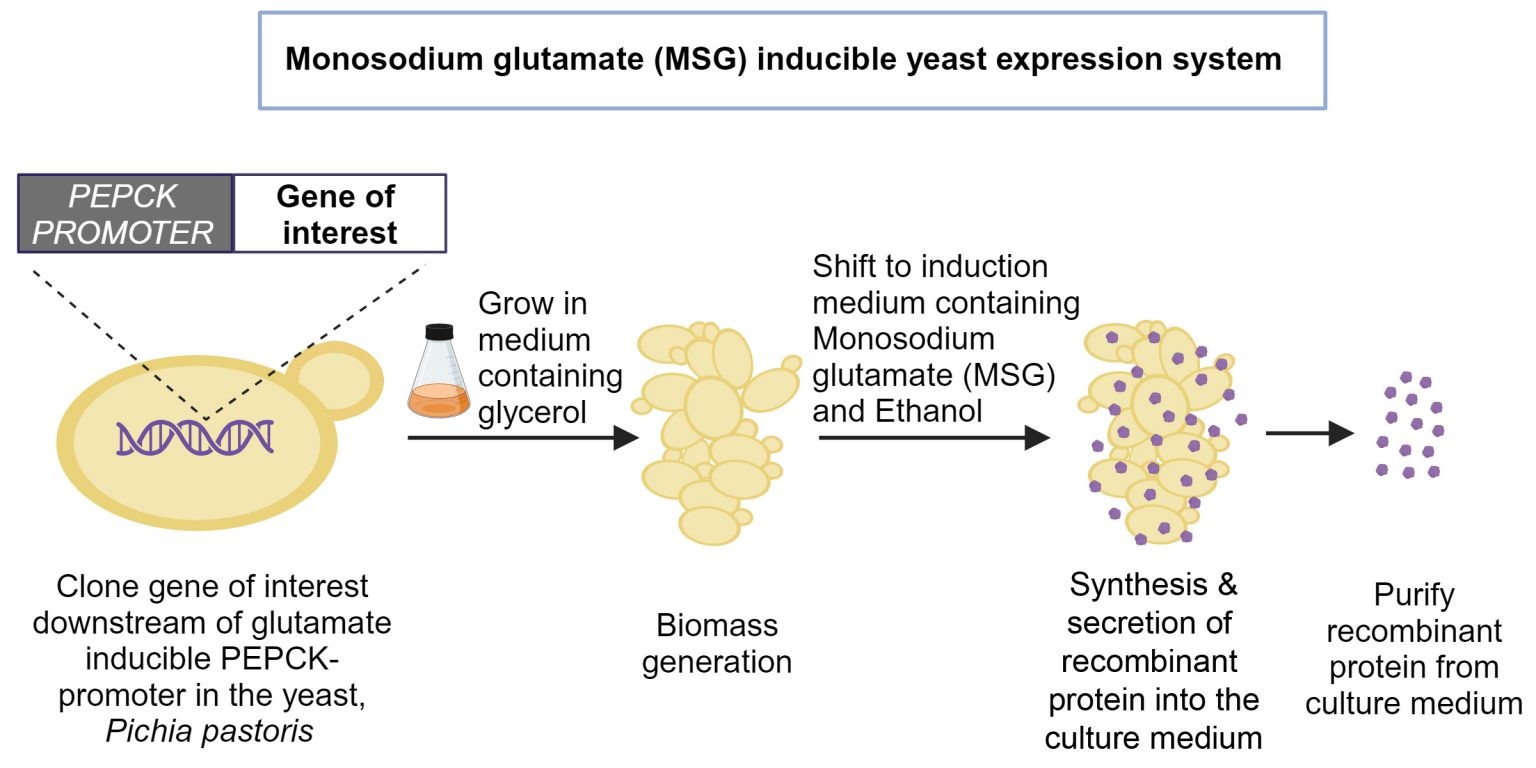OPEC+
The Organization of the Petroleum Exporting Countries (OPEC) and its allies have decided to extend its current oil output cuts.
|
OPEC
|
- It is the ‘Organisation of the Petroleum Exporting Countries’
- Established in – 1960
- Headquarters – Vienna
- Membership – 12 members, as of January, 2024
- 5 founding members – Iran, Iraq, Kuwait, Saudi Arabia and Venezuela
- 7 others – Libya, UAE, Algeria, Nigeria, Gabon, Equatorial Guinea, and Congo.
- Indonesia, Angola and Qatar were former members.
- Thus, it have members from Middle East, Latin America and Africa.
|
- OPEC+ – It was based on the agreement between OPEC nations and non-OPEC major oil producing nations in 2016.
- Membership – OPEC members + 11 allied major oil-producing countries.
- 11 allied nations – Russia, Mexico, Kazakhstan, Oman, Azerbaijan, Malaysia, Bahrain, South Sudan, Brunei and Sudan.
- Objectives – To coordinate and unify the petroleum policies of its Member Countries and ensure the stabilisation of oil markets.
- To secure an efficient, economic and regular supply of petroleum to consumers, a steady income to producers and a fair return on capital for those investing in the petroleum industry.
Seven Sisters’ refers to a group of integrated international oil companies that dominated the global oil markets from the mid-1940s to the mid-1970s.
- Rationale for cutting down production – A faltering global economy would reduce the oil demand, and the cuts are seen as a way to protect profits.
United States, Saudi Arabia and Russia are the top 3 major oil producing countries in the world. While Saudi Arabia is an OPEC member, Russia has OPEC+ membership.
References
- The Indian Express| OPEC+ slashed Oil Production
- OPEC| Organisation of Petroleum Exporting Countries
- EIA| OPEC+
Preston curve
Research experts observe that people in richer countries generally live longer than those in poorer countries.
- Preston curve – It refers to a certain empirical relationship between life expectancy and per capita income in a country.
- Proposed by – Samuel H. Preston in 1975.
- Demonstrations – Higher life expectancy in wealthier countries is due to better access to education, healthcare, cleaner surroundings, better nutrition etc.
- When a poor country begins to grow, its per capita income rises and causes a significant increase in life expectancy initially as people are able to consume sufficient nutrients, enjoy better healthcare etc.
In India, the average per capita income rose from around Rs.9,000 per year in 1947 to around Rs.55,000 per year in 2011. Meanwhile, the average life expectancy also rose from a mere 32 years to over 66 years.

- Shift in Preston curve – An increase in the per capita income of a country does not cause much of a rise in the life expectancy of its population beyond a point, perhaps because human life span cannot be increased indefinitely.
- Problems in the Curve – Higher life expectancy has been achieved by countries even at low per capita income levels due to improvements in medical technology, such as the development of life-saving vaccines.
- Thus, improvement in life expectancy can hold true as a result of public investment in human development like better education & healthcare.
- Significance – Other development indicators such as infant and maternal mortality, education, healthcare, etc. also improve when the per capita income of a country rises.
The rapid economic growth of India and China over the last few decades, which has helped improve life expectancy and other development indicators, has been cited as an example of faster economic growth leading to better development outcomes.
Reference
The Hindu| Postulates of Preston Curve
Hydroxyurea
The Indian Council of Medical Research (ICMR) has invited an Expression of Interest (EoI) for joint development and commercialization of paediatric oral formulation of hydroxyurea.
- Hydroxyurea – It is in a class of medications called antimetabolites and is also a myelosuppressive agent.
Antimetabolites are chemotherapy drugs that interfere with the synthesis of DNA constituents.
Myelosuppression, also referred to as bone marrow suppression which may result in reduced production of blood cells.
- Application – As an antimetabolites, they treats cancer by slowing or stopping the growth of cancer cells in your body.
- As a myelosuppressive agent, it is used for treating patients of sickle cell disease, and thalassemia.
India has the highest prevalence of sickle cell disease in South Asia, and over 20 million sickle cell affected individuals reside in the country.
- Concerns – Lack of availability of paediatric doses as well as the fear of toxicity.
- Only high dosage hydroxyurea tablets are available, as 500 mg capsules or 200 mg tablets.
- Paediatric formulation – In children, the prescribed dose is 10-15 mg per kilogram of body weight after 2 years of age.
- Usage in India – As per National Health Mission’s guidelines, healthcare providers initiate hydroxyurea therapy to only symptomatic sickle cell disease patients among children.
- Currently, the tablet has to be broken down appropriately to be administered in accordance with body weight, thereby risking the efficacy available with measured doses.
Reference
The Hindu| Hydroxyurea for treating Sickle Cell Disease in Children
Recombinant Proteins
Researchers have developed an innovative method for the mass production of recombinant proteins.
- Recombinant proteins – They are foreign proteins produced in expression hosts by introducing specific genes into host organisms.
Proteins are large, complex molecules made up of long chains of amino acids that perform many critical functions in organisms.
-
- Examples – Enzymes, hormones, cytokines, growth factors, blood clotting factors, monoclonal antibodies (mAbs), vaccines and antibody-related products.
- Usage – In therapeutics, diagnostics, drug discovery as well as vaccine development and production.
- Production – It is done by cultivating genetically modified bacterial, viral, or mammalian cells in large bioreactors.
- Example: Yeast Pichia pastoris (Komagataella phaffii)
- Methanol-induced process – The gene coding for that recombinant protein is spliced into the yeast genome and the yeast cells are then fed glycerol or glucose as the carbon source.
- Once enough cells have formed, methanol is added, which activates the AOX promoter, and the cells start producing the recombinant protein.
Alcohol oxidase (AOX) is an enzyme that metabolises methanol.
- Challenges in using methanol – It is highly flammable and hazardous, requiring stringent safety precautions.
- It is also metabolized to form hydrogen peroxide which can induce oxidative stress in the yeast cells or damage the recombinant proteins.
- New process – A safer process that instead relies on a common food additive called monosodium glutamate (MSG).
- MSG can activate a different promoter in the yeast genome which led to protein production similar to methanol induced process.

- Significance – MSG induced process offers a novel expression system for mass-producing valuable proteins, including those found in milk, eggs, baby food supplements, nutraceuticals, and therapeutics.
Reference
The Hindu| Recombinant Proteins

